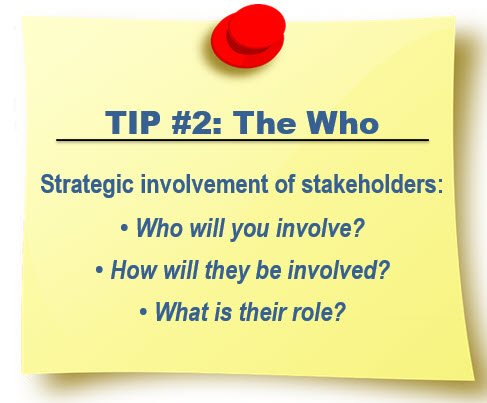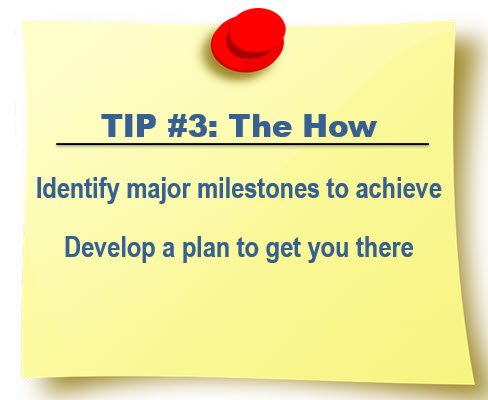
“If you fail to plan, you are planning to fail.” Benjamin Franklin
Big, multi-phased projects call for big, multi-phased planning. But the planning does not have to be complicated, using a framework is a simple way to guide your project through the hurdles with strength and stamina. In the days of virtual meetings, leaders are finding an increased demand for transparency and accountability and the challenge of providing clear communication to more active stakeholders. Putting together a solid, project plan is well worth the investment of time. A solid plan can help you sustain the work through the challenges that come with innovative initiatives.
In Change is Hardest in the Middle, Rosabeth Moss Kanter observed that project plans often fall apart in the middle. “This is the time when Kanter’s Law kicks in. Everything looks like a failure in the middle. Everyone loves inspiring beginnings and happy endings; it is just the middles that involve hard work.” District leaders have reported a number of reasons for that lag in the middle:
- Lack of clarity or support
- Unclear goals or objectives
- Uneven stakeholder involvement
- Lack of tie-in to district priorities
- Weak or non-existent implementation plans
- Waning commitment
- Un-monitored, un-established or un-met results.
Leaders are facing big challenges while planning for all (or most) students returning in-person in the fall. How will they plan for optimizing student learning restoration, communication to different stakeholders, adapting to changing rules and regulations, Social-Emotional issues for both students and staff?
We have found that using a simple but powerful approach in your planning can make a world of difference in keeping your project on track from start to finish.

Tip 1 The WHY
Clarify your purpose: Before any work begins, clarify your purpose and objectives with those working on the project. What is it that you want to accomplish? What are your goals? What would be the indicators of success? Clear expectations and priorities give your project fluidity.

Tip 2 The WHO
Strategic Involvement of stakeholders- There are many levels and degrees of stakeholder involvement-owners, project leads and stakeholders. Who will be involved when? How will they be involved? What is their role (decision maker? Input? Feedback?) Where does the owner get involved? Executive leaders do not necessarily need to be involved in the day-to-day work and in fact, can sometimes muddle up the process by their constant presence. Planning their involvement and reporting your progress directly can smooth the process. Sometimes you start broad, then narrow down the stakeholder involvement.

Tip #3 The How
Identify major milestones to achieve your set goals. What will be done when? What do you need to do to get you there? Developing a plan with a framework found in Situation Appraisal with Actions, Person Responsible, Deadline and Status can help keep everyone moving and accountable.
Lessons Learned
After leading a complex project to maximize student dual enrollment in her district and a local college, Kelly Norstrom, director of College and Career Readiness, Tuscaloosa City schools and TregoED power user, shared these lessons learned:
- Use a framework or planning tool to help you keep your project on track to avoid the typical pitfalls of long-term projects.
- Give stakeholders a voice and access to the “why.” They will be both excited and committed to the project. People appreciate the opportunity to be present and have a voice in the conversation.
- Ensure the continuity of meetings. Continuity is the key to progress– plan on how to touch base, report, support activities and maintain momentum.
Education leaders are faces with many challenges ahead – challenges that will require complex, multi-phased resolutions. To succeed, leaders must expect and plan for obstacles and recognize and celebrate each milestone. To succeed, leaders must invest time and energy into the planning process.